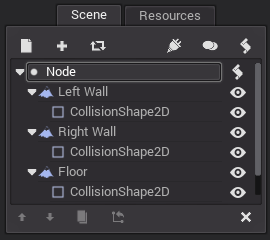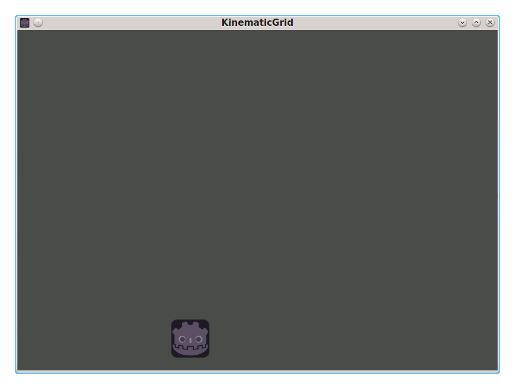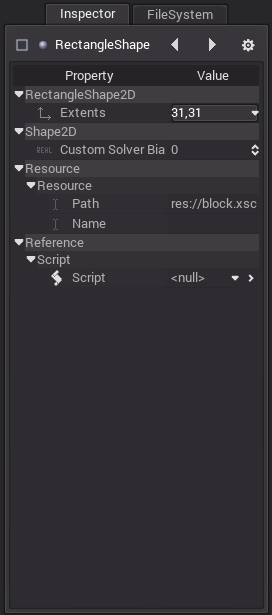The past week or so has been an eventful one in the game development world. Unity is still backpedaling on their disastrous attempt at charging devs per-sale. The CCP-infested Unreal Engine has lowered its royalty fee. Ubisoft is teaching us all how best to set half a billion dollars on fire.
And then there’s Godot.
I’ve written about Godot Engine in the past. It first came out about 10 years ago, and it took the opensource world by storm. Here was a pro-level—okay, semi-pro back then—game engine that was free to use, without worrying that Unity would demand payment when you only ever opened the editor twice. (This actually happened to my brother.) Over the past decade, it grew, evolved, becoming the premier engine for budding developers on a budget.
All that changed a few days ago. "Get woke, go broke," the saying goes, and Godot’s management has chosen to go for broke. A far-left "community manager" proudly boasted on Twitter that this engine was perfectly fine being on an admittedly overzealous list of woke games. Fine. Sure. Find me a AAA studio that isn’t utterly broken to the mind virus, and I’ll gladly buy their games. Well, except I can’t actually buy their games; they won’t sell them to me. (California got one right this time, amazingly enough.)
Most people probably ignored the initial message, seeing it as just another fluorescent-haired professional victim parroting the latest narrative. And that’s probably how it was originally intended. But then came the doubling down. People who questioned the intent of the message started getting banned. Developers were kicked out. Backers were kicked out. The project head first claimed to be apolitical, then whined about being bullied off Twitter altogether, retreating to the safe space of leftist Mastodon. At every turn, those who objected to, disputed, or simply asked about Godot’s underlying political agenda were purged.
The great thing about open source is that this doesn’t mean the end. Because anyone can take the source, compile it, and release the resulting binaries, an open project can’t be shut down by progressive whim; this is most likely why so many are switching to "open core" models or demanding copyright assignments.
End result, though, is Redot Engine. Yes, the name’s derivative, but that’s to be expected. The whole thing is derivative, but in the positive sense that only free code under a permissive license allows. Redot hasn’t even released a build yet, and they’re already overwhelmed with support, so much so that Godot’s screeching gallery has started openly attacking it. They use the usual communist methods, so familiar from Antifa, BLM, and anything to do with Trump: projection, accusations of white supremacist beliefs, attempts to clog the system with garbage, and vague allusions of unseemly images stored on the "bad guys’" computers.
All this, because someone said, "No, I don’t want my game engine to have a political agenda."
Nor should it. Tools should be apolitical, because a tool, in and of itself, is amoral. It does not think or act on its own. It simply exists. The uses of a tool are in no way indicative of any inherent moral qualities of that tool. Nuclear bombs were once considered a viable means of digging canals, after all. And even if we accept the idea that a tool can espouse an ideology, why would we want one that’s communist? Why would we want to support the single most deadly ideology in all of human history? The one responsible for the Holodomor and the One Child Policy, the one that gave the world Stalin and Mao and Castro and Chavez?
Redot, as I see it, can be a chance to show that some people are still fighting against the encroachment of anti-human ideology in software. That gives me hope, because I’ve often felt I was fighting that battle alone, as I watched project after project adopt censorious codes of conduct or otherwise wall themselves off from rational discourse.
It’s not perfect yet, so my other hope is that the Redot team understands two things. One, something founded purely on a negative basis—that is, solely to be against another—cannot endure. This was the downfall of Voat and Threads, among many others
Second, if Redot wants to be inclusive in the true, non-bowdlerized meaning of the word, then it must be open. As yet, it is not. All discussion and development is currently hosted only in walled gardens: Discord, Github, Twitter, Youtube. There isn’t any way for a privacy-conscious developer/author to contribute, and I won’t compromise my own morals by supporting the very platforms which have spread the woke mind virus to software development in the first place.
So that’s where we stand right now. Godot has self-immolated, and I have no problem saying they deserve it. Redot is carrying the torch, but they need to prove that their words are not just wind. If they do, then we will have not only a great game engine for free, but a beacon of light in an otherwise dark time.



